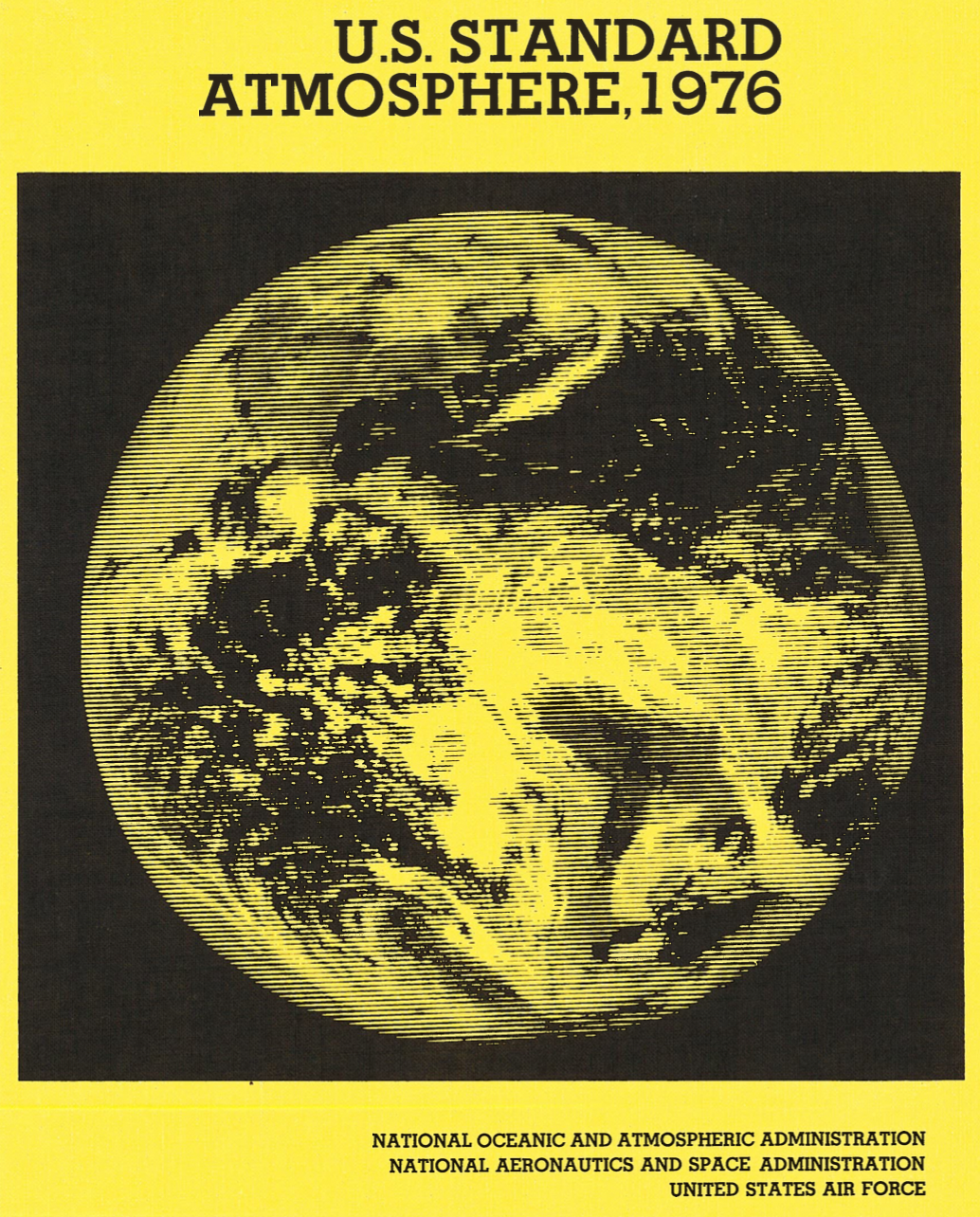
The drag force magnitude on a spacecraft can be computed using the following equation:
$$ d = \frac{1}{2} \rho v^2 A C_D$$
Which can be easily implemented in the following Fortran function:
pure function drag(density, v, area, cd)
use iso_fortran_env, only: wp => real64
implicit none
real(wp) :: drag !! drag force magnitude (N)
real(wp), intent(in) :: density !! atmospheric density (kg/m^3)
real(wp), intent(in) :: v !! relative velocity magnitude (m/s)
real(wp), intent(in) :: area !! spacecraft cross-sectional area (m^2)
real(wp), intent(in) :: cd !! spacecraft drag coefficient
drag = 0.5_wp * density * v**2 * area * cd
end function drag
The density \(\rho\) is computed using an atmosphere model. Here is a listing of some atmosphere model codes available in Fortran:
See also
- Fox & Mcdonald, "Introduction To Fluid Mechanics", Wiley
- Drag Coefficient [Wikipedia]
- U.S. Standard Atmosphere, 1976, U.S. Government Printing Office, Washington, D.C., 1976.
- ModelWeb Catalogue and Archive [NASA GSFC]
- W. W. Vaughan, "Guide to Reference and Standard Atmospheric Models", AIAA G-003C-2010, January 2010
It looks like the Fortran community has lost another venerable NASA Fortran library to C++. I recently noticed that the latest release of NASA's Global Reference Atmosphere Model (GRAM) is now C++. From the release link:
Earth-GRAM 2016 is now available as an open-source C++ computer code that can run on a variety of platforms including PCs and UNIX stations. The software provides a model that offers values for atmospheric parameters such as density, temperature, winds, and constituents for any month and at any altitude and location within the Earth's atmosphere. Earth-GRAM 2010 is available in FORTRAN. Similar computer models of Mars, Venus, Titan, and Neptune are available for diverse mission applications through NASA’s Space Environments and Effects (SEE) Program, a partnership with industry, academia, and other government agencies that seeks to develop more reliable, more effective spacecraft.

The Earth-GRAM model, originally written in Fortran 77, is produced by MSFC and has been around for a while, with many revisions (i.e., GRAM-86, GRAM-88, GRAM-90, GRAM-95, GRAM-99, GRAM 2007, and GRAM 2010). In the 2010 revision, they converted the old Fortran 77 code to Fortran 90, which I thought was a step in the right direction (although maybe 20 years too late). It seems like they could have used Fortran 2003 and provided a C interface using the standard Fortran/C Interoperability feature, which would have enabled calling it from a variety of languages (including C++).
I remain utterly unconvinced that C++ is the programming language that engineers and scientists should be using. Are CS people taking over programming jobs once done by engineers? Is this a failure of university engineering departments? Although it seems like even CS people don't want to be using C++ anymore. Every time I turn around a new programming language (Java, Rust, Go, D, C#, Swift, ...) is created by CS people fed up with the C++ dumpster fire. So I don't know who is telling engineers that C++ is the future. And the perception that Fortran is an obsolete programming language is very strong, even within the engineering/technical disciplines that it was designed for. Sometimes this is due to sheer ignorance, but sometimes it is due to ancient Fortran 77 legacy code that people have to deal with. I sympathize with them, Fortran 77 code is terrible and needs to go away, but it should be modernized, not thrown out and replaced with C++. Think of the children! (and the memory leaks!)
Parting words of wisdom
Security tips when programming in C (2017 edition):
1) Stop typing
2) Delete what you've already typed
— ryan huber (@ryanhuber) June 21, 2017
See also
- Earth-GRAM 2016 is now available!
- Earth Global Reference Atmospheric Model (Earth-GRAM 2010) -- The last Fortran 90 release. [request here]
- F.W. Leslie, C.G. Justus, "The NASA Marshall Space Flight Center Earth Global Reference Atmospheric Model—2010 Version", NASA/TM—2011–216467, 2011
- ModelWeb Catalogue and Archive -- other atmosphere models listed on GSFC ModelWeb
- D. L. Johnson, R. Blocker, C. G. Justus, Global Reference Atmosphere Model (GRAM), NASA Tech Brief, MFS-28397, Jan 01, 1993

